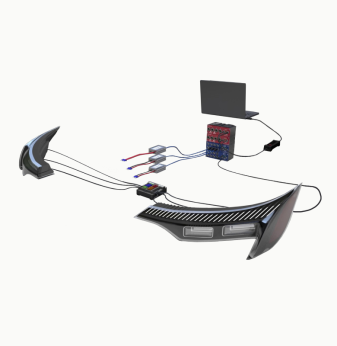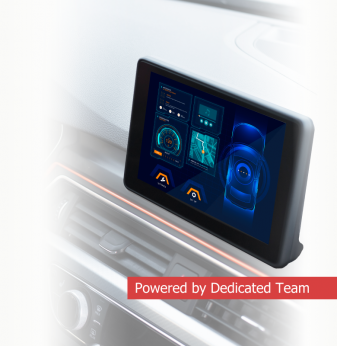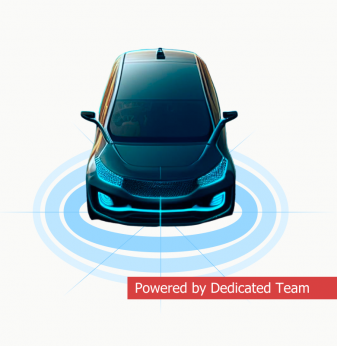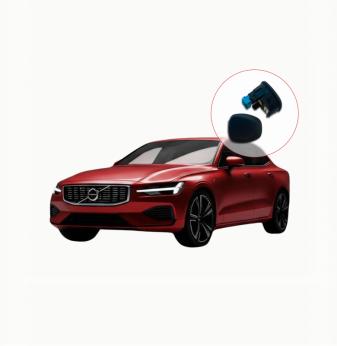Key Trends in Development of Automotive Infotainment Systems
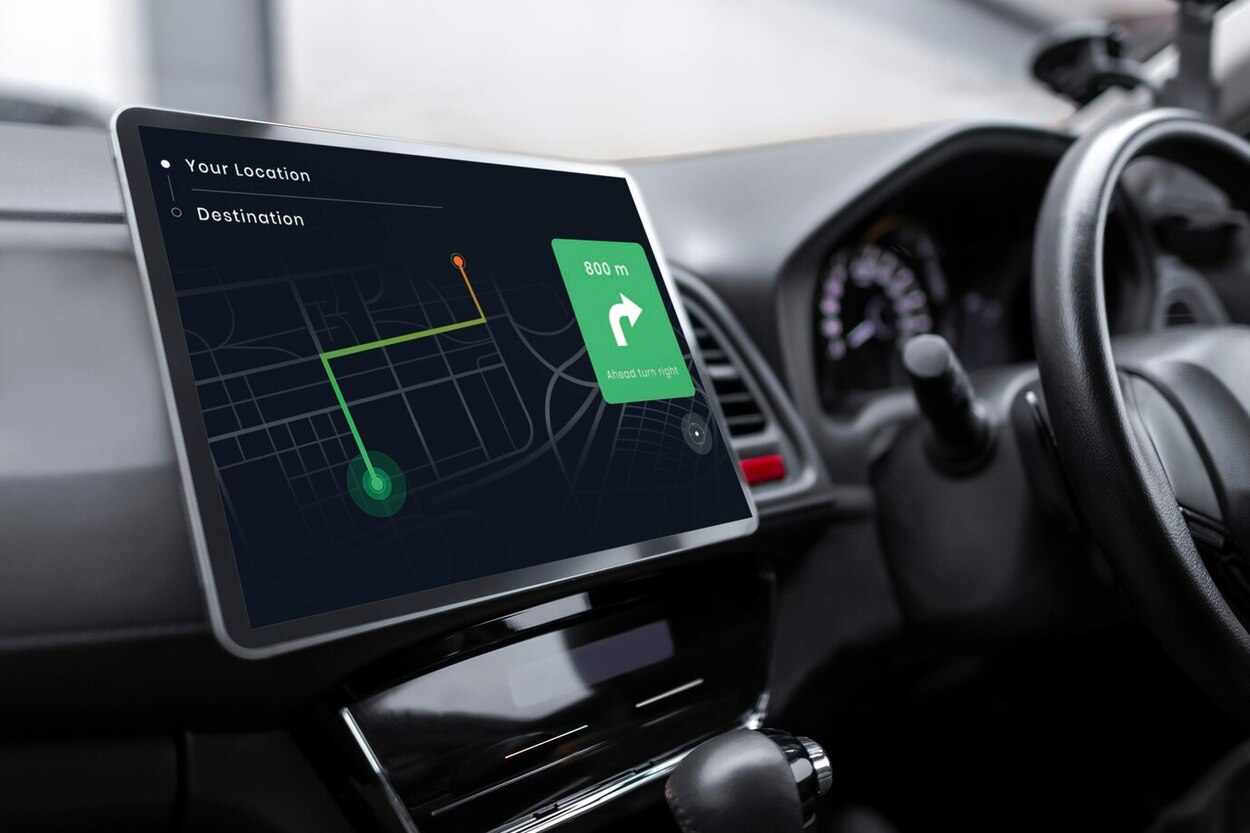
Over the past ten years, automotive infotainment systems have dramatically changed the way people interact with their vehicles, turning cars into connected digital environments. Drivers and passengers now expect experiences similar to their smartphones, with intuitive, seamless, and personalized interaction. Because of this, companies in the automotive infotainment industry have stepped up innovation and continue to rapidly evolve their technologies.
Let's take a closer look at some of the biggest trends shaping the automotive infotainment market and see how these developments are transforming the everyday driving experience.
The Expanding Automotive Infotainment Market
The automotive infotainment market is booming. Recent studies project that by 2028, the market will grow to around $55.1 billion, up from $32.6 billion in 2023—a growth rate of about 11% annually (Markets and Markets). Drivers behind this growth include increased consumer demand for connected experiences, improved usability, and new technologies like AI and 5G connectivity.
Table 1: Forecast for Automotive Infotainment Market Growth (2023–2028)
| Year | Market Size (USD Billion) |
| 2023 | 32.6 |
| 2024 | 36.2 |
| 2025 | 40.3 |
| 2026 | 45.0 |
| 2027 | 49.8 |
| 2028 | 55.1 |
Major Infotainment Trends in the Automotive Industry
1. Connected Car Infotainment Systems
Connectivity is now fundamental to modern vehicles. Thanks to the rollout of 5G, infotainment systems provide faster streaming, live traffic updates, and better integration with smartphones. This makes driving safer and more convenient. At Promwad, we have been actively developing connected car infotainment systems tailored specifically for our automotive clients (learn more about our projects).
2. Software-Defined Systems
The trend toward software-defined infotainment systems lets manufacturers deliver regular updates remotely, without physical hardware changes. Over-the-air (OTA) updates are becoming commonplace, keeping vehicles modern and up-to-date, which reduces overall maintenance costs and extends system longevity.
3. AI-Powered Personalization
AI is making infotainment experiences highly personal. Systems now learn user preferences, from music playlists to favorite routes, delivering customized recommendations and simplifying navigation. Companies such as Harman and Bosch are leading the charge, heavily investing in these AI-driven systems.

4. Advanced Voice Recognition
Voice control in vehicles has improved significantly over recent years. Modern infotainment systems incorporate advanced voice recognition technology, understanding natural speech commands with accuracy. Integrations with popular assistants like Amazon Alexa and Google Assistant make it safer and easier to control various functions while driving.
5. Improved UX/UI Design
Today’s infotainment systems prioritize a user-friendly experience. Gesture controls, haptic feedback, and customizable displays have become mainstream, improving driver interaction and reducing distractions. Promwad emphasizes these features in our infotainment designs, creating interfaces that feel natural and intuitive.
Table 2: Leading UX/UI Innovations in Automotive Infotainment
| Feature | Benefit |
| Gesture control | Reduces driver distraction |
| Haptic feedback | Provides tactile feedback |
| Customizable dashboards | Enhances personal customization |
| Multi-modal interfaces | Integrates voice, touch, and gestures |
Key Players in the Infotainment Market
Several companies stand out in the automotive infotainment industry:
- Bosch – Innovating with AI-driven navigation and multimedia systems.
- Harman (Samsung) – Renowned for exceptional audio and connected vehicle technologies.
- Continental AG – Leader in software-defined systems and telematics.
- Panasonic Automotive – Expert in integrating digital cockpits and communication technologies.
These companies continue to set trends and raise standards through ongoing innovation and partnerships.
Challenges Ahead
Even with fast-paced innovation, significant challenges remain, particularly around cybersecurity. Connected vehicles must handle data securely to avoid vulnerabilities. At Promwad, we place strong emphasis on cybersecurity in our infotainment solutions, ensuring that systems are safe, secure, and compliant with industry standards.
Looking Ahead: The Future of Automotive Infotainment
The future holds exciting possibilities beyond today's touchscreens and voice control. Autonomous driving will likely transform infotainment systems into fully immersive environments featuring augmented reality (AR), virtual reality (VR), and AI-powered assistants. Additionally, the industry is set to prioritize energy efficiency, aligning infotainment advancements with sustainability goals.
Wrapping Up
The automotive infotainment market continues to evolve rapidly, shaped by technological innovation and consumer demands. Companies in this space are pushing forward with advanced connectivity, AI, and user experience enhancements, making journeys safer, more enjoyable, and more personalized.
At Promwad, we provide expert support in developing advanced automotive infotainment systems. If you're planning your next project or need insights into infotainment solutions, visit promwad.com or connect with our team today.
References: Markets and Markets: Automotive Infotainment Market Report
Our Case Studies in Automotive


